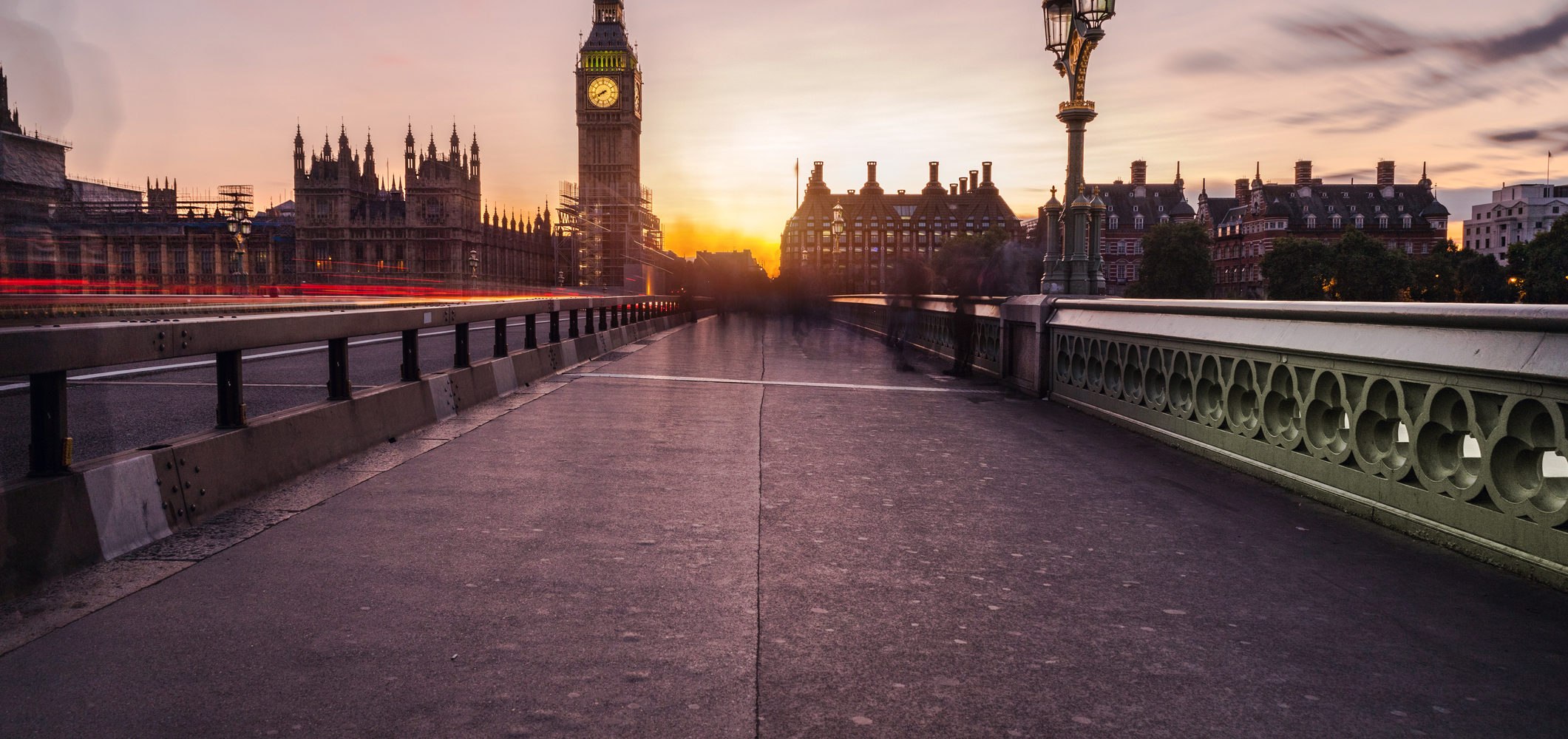Stay safe on your European holiday
As winter sets in throughout the southern hemisphere travellers look north to escape the chill. A summer ...
KEEP READING
There is no guaranteed way to avoid a terror attack, but there are things you can do that will massively increase your chances of survival. During the June 2017 London Bridge terror attack UK police used a new protocol for the first time: Run, Hide, Tell (and their video explaining it is worth watching).
This is a methodology that has proven to successful and is perhaps the only good thing to come out of America’s experience with “active shooters”.
What the Americans have learned is that if an armed person intent on killing as many people as possible comes into a school or a workplace, “lockdown” doesn’t work. The shooter knows people will be still in the rooms where they work, and will now be hiding under their desk. It’s easy to find them, and shoot them at point blank range.
So RUN.
Is it guaranteed to be safe to do so? No, but at least you’re not a sitting duck.
Can’t run? HIDE.
Not just under your desk, run as far as you can then find a safe place. There needs to be a substantial obstruction between you and the shooter. Preferably a lockable door, if not then barricade it with tables and whatever is at hand. Even if it has a lock, barricade it anyway. Then keep as quiet as possible to avoid detection. Phones to silent, switch off vibrate.
If this hasn’t protected you and an attacker confronts you – FIGHT!
Scores of ordinary people confronted by the attackers fought back by throwing tables and chairs and drink glasses at the men.
Reports suggest the first police officer on the scene at London Bridge took on all 3 terrorists while armed with just his baton, and probably saved many lives with his actions.
Fight with anything you have, an umbrella, a tape dispenser (they’re usually quite heavy), even a pen can be a weapon.
But is vital that you commit to the fight, and unleash as much violence and ferocity as you can muster and don’t stop until you are dead or the attacker has stopped moving.
A gun can shoot in only one direction, so can you attack from behind, or can several bystanders launch an attack from different directions? This worked in the case of the shooter aboard a French train in 2015. As the terrorist revealed his weapon, he was confronted by first one, then another passenger. That struggle gave 3 other passengers (2 of them ex-US armed forces personnel) the opportunity to join the struggle and subdue the gunman.
It’s a known fact that shooters are always looking down the sight of their weapon – they have to if they want to hit a target – which means their peripheral vision is impaired. If a gunman enters a room he will almost always be looking straight ahead, down his “target tunnel”. If you are pressed against the wall to the side of the door he won’t even see you as he comes in, so you can either escape, or attack.
Preparation. Run, Hide, Tell (or Fight) are actions to take when you’re IN the moment. But how you prepare for that moment is often the difference between life and death.
It is natural human instinct to “freeze” when something unusual occurs. It is actually taking the brain a few seconds to comprehend this abnormal behaviour. We’re also pack animals, so if everyone else is standing still doing nothing, you will do the same. Almost all of the deaths in an active shooter situation occur in the first 2 minutes while victims comprehend what’s happening and then make up their mind what to do about it.
If you have already made up your mind about what to do in such a situation, you can move immediately to action (run, hide), and those few seconds may keep you alive.
This is not just blind theorising, there’s a strategy and deep research behind it. If you want to know more look up the OODA Loop (Observe, Orient, Decide, Act) that is credited to master military strategist John Boyd – starting with this great article, then follow the links.
Be aware. Know a few things.
Be prepared but don’t be paranoid. Sadly these are skills we will have to incorporate in our daily lives, but they don’t have to be a burden. For example, we all know that stepping out in front of traffic could have deadly consequences. To combat that we know to look before we step out. We do it instinctively, but we had to learn that skill. Schools teach it to young children and parents are always reinforcing that message.
One day soon checking for exits, listening for sounds, observing unusual behaviour and having a plan of action will be just as instinctive.
